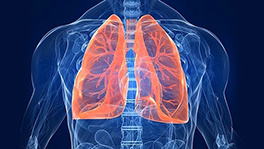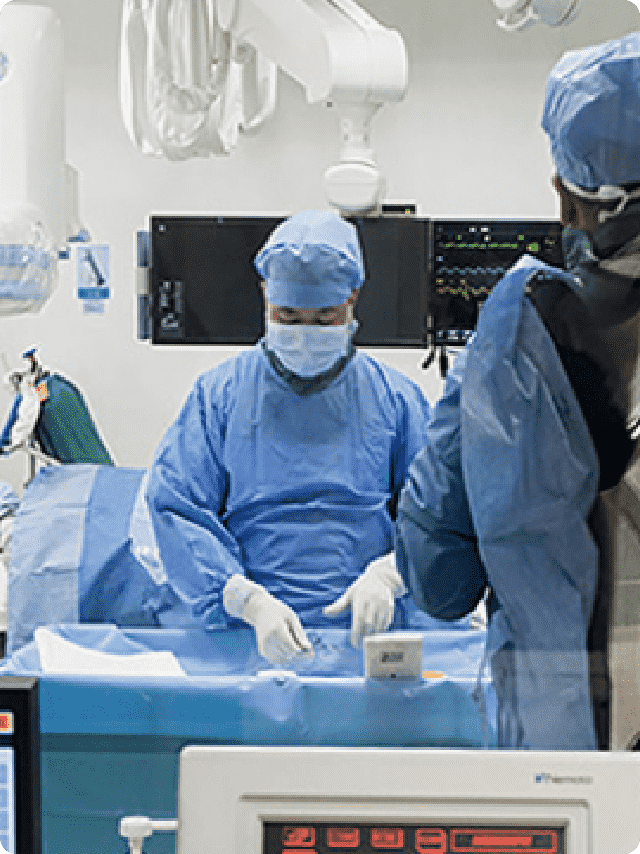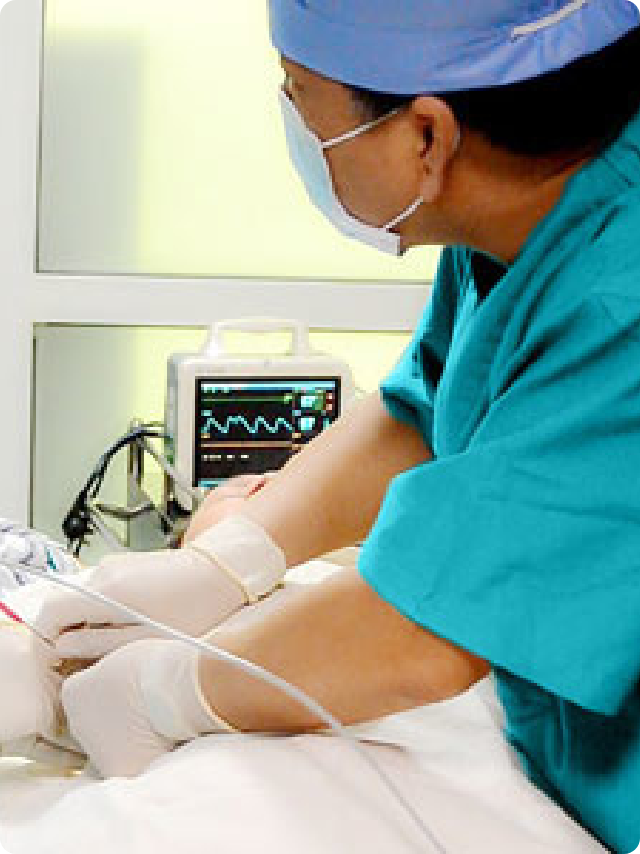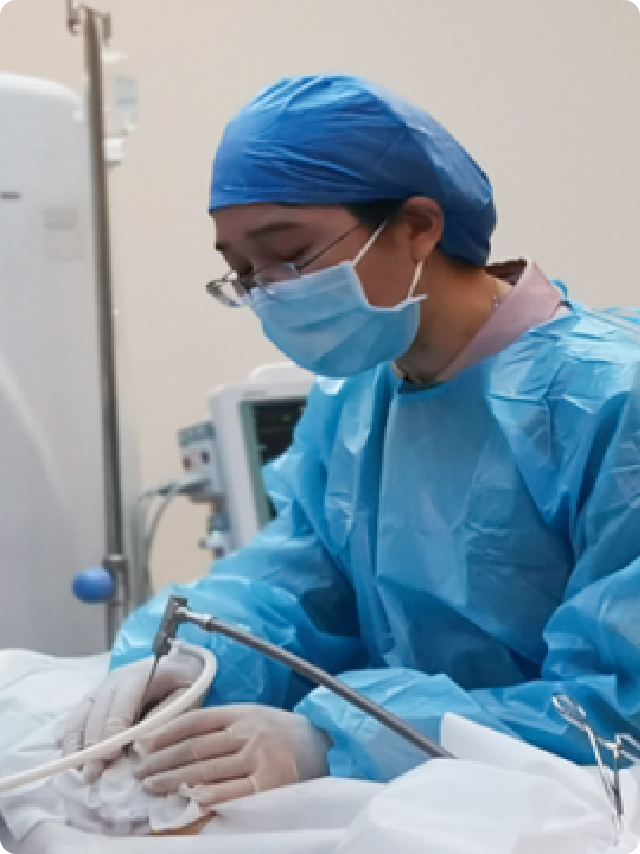Рак двенадцатиперстной кишки относится к злокачественной опухоли, исходящей из структуры ткани двенадцатиперстной кишки. Это заболевание пищеварительной системы с низким уровнем заболеваемости, на которое приходится 0,04–0,50% всех злокачественных опухолей желудочно-кишечного тракта. Клинические проявления неспецифичны, ранние симптомы не очевидны, а на поздней стадии наблюдаются такие симптомы, как боль в верхней части живота, вздутие живота, тошнота, рвота, анемия, желтуха и т. д., а карциноиды могут проявляться в виде карциноидного синдрома. Согласно данным, опубликованным Всемирной организацией здравоохранения в 2020 году, рак толстой кишки является третьим по распространенности видом рака после рака молочной железы и рака легких, а смертность от рака уступает только раку легких. Во всем мире рак толстой кишки диагностирован примерно у 1,9 миллиона человек, и более 900 000 пациентов умерли от колоректального рака.
Так можно ли вылечить рак двенадцатиперстной кишки на средней и поздней стадии? Минимально инвазивные методы с небольшим количеством побочных эффектов и небольшой травмой могут помочь пациентам с раком мочевого пузыря избежать хирургической резекции, избежать боли традиционной радиотерапии и химиотерапии и эффективно продлить выживаемость.
В настоящее время причина рака двенадцатиперстной кишки все еще не очень ясна. Однако некоторые вещества, выделяемые в желчи и панкреатическом соке, такие как вторичные желчные кислоты, такие как литохолевая кислота, могут быть канцерогенными факторами. Семейный полипоз и доброкачественные эпителиальные опухоли, такие как ворсинчатые аденомы, могут быть связаны с возникновением рака двенадцатиперстной кишки. Другие исследования показали, что злокачественная трансформация язв двенадцатиперстной кишки или дивертикулов и генетические факторы также связаны с раком двенадцатиперстной кишки.
Каковы типы рака двенадцатиперстной кишки?
1. Дуоденальная аденокарцинома: это аденокарцинома, возникающая из слизистой оболочки двенадцатиперстной кишки. Она в основном одиночная и может быть вызвана злокачественной трансформацией аденомы.
2. Дуоденальный карциноид: это злокачественная опухоль, возникающая из энтерохромаффинных клеток в кишечнике. Как правило, образующиеся опухоли небольшие и в основном проявляются как одиночная опухоль в кишечнике или множественные опухоли в кишечнике. Однако по мере роста опухоли будут проявляться характеристики инфильтрации и роста злокачественной опухоли.
3. Дуоденальная лейомиосаркома: это мышечная опухоль, возникающая из мышечного слоя слизистой оболочки двенадцатиперстной кишки или мышечного слоя двенадцатиперстной кишки, или мышечного слоя кровеносных сосудов стенки кишечника.
Злокачественная лимфома двенадцатиперстной кишки: это злокачественная опухоль, происходящая из лимфатической ткани стенки двенадцатиперстной кишки, которая отличается от вторичных поражений системной злокачественной лимфомы, поражающей кишечник.

 Чат
Чат +7 7273410724
+7 7273410724


